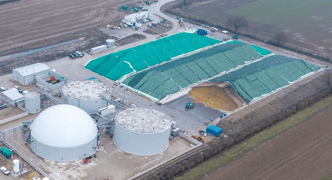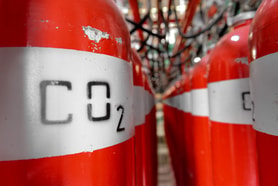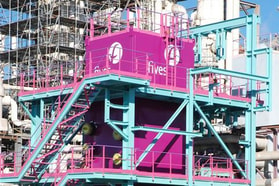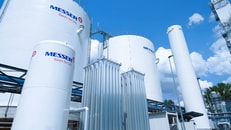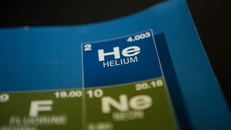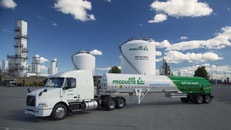Pulsar Helium highlights major global helium projects
Despite being the second most abundant element in the universe, helium is relatively scarce on our planet. As global helium supplies face uncertainty, the emergence of pioneering companies like Pulsar Helium (Pulsar) brings hope for the helium-dependent industries. With innovative technologies and a commitment to harnessing helium’s potential, Pulsar is poised to make a significant impact in the world of primary helium production, ensuring a stable supply for critical applications.
As part of gasworld’s latest ‘In Conversation with…’ series of webinars, Minnesota-based Pulsar Helium stepped into the spotlight, sitting down with Global Content Director Rob Cockerill and Broadcast Journalist Tom Dee to unravel the intricacies of the helium industry.
Discussion delved into Pulsar Helium’s ground-breaking developments, including the 10.5% helium flow from their upcoming appraisal well in Minnesota. The company also revealed its objectives and timing for this pivotal project, traced their corporate history, introduced the key individuals behind the scenes, examined the overview and activities at the Tunu Project in Greenland, and scrutinised its long-term objectives.
With a keen focus on primary helium, where the gas is not a by-product of hydrocarbons, Pulsar was established in 2022 by President and CEO Thomas Abraham-Jones and Chairman Neil Herbert.
... to continue reading you must be subscribed






